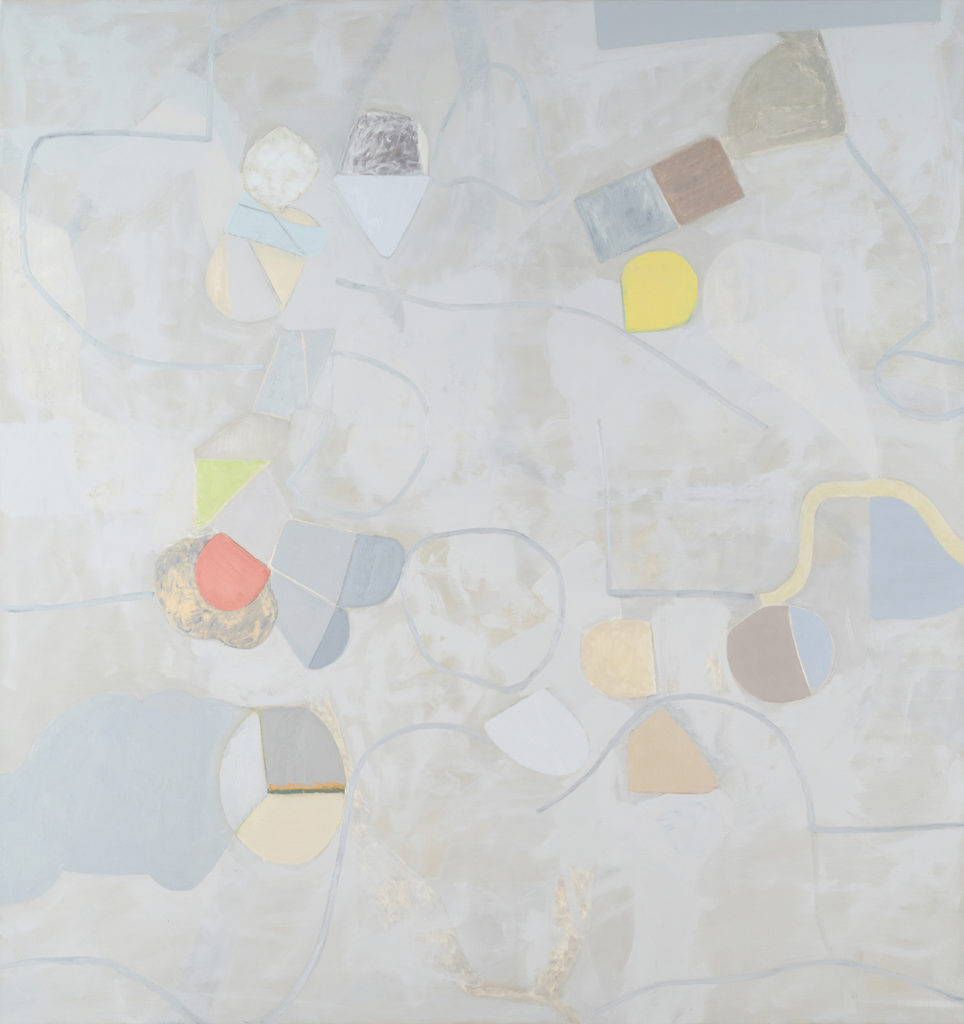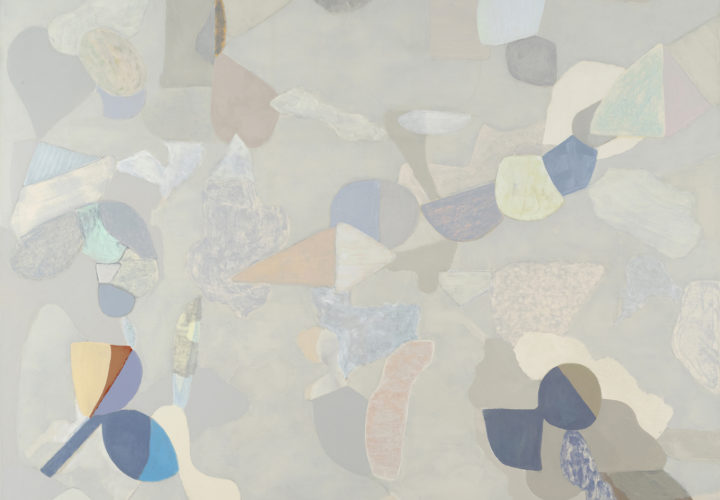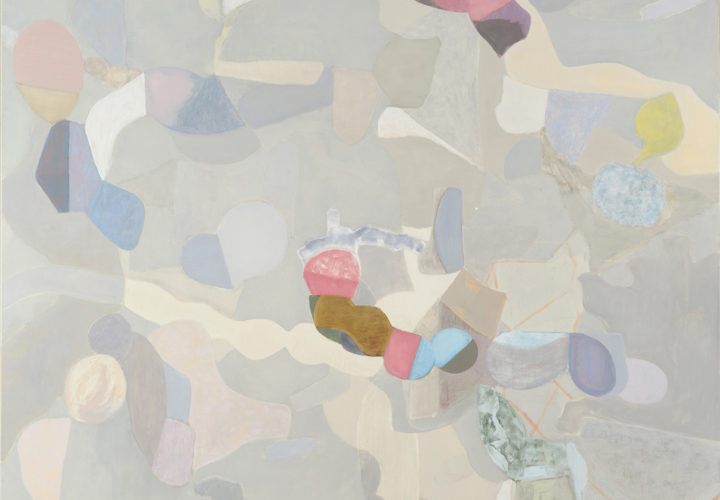
Carrie Johnson grew up in the Chicago suburbs and moved to New York in the 1980s to work as a graphic designer. She cites the Bauhaus School, Matisse, Cezanne, along with Arthur Dove and Marsden Hartley, as her early inspirations. Here, she discusses “Stratus Lift,” her ongoing series about nature and cityscapes, currently on view at A.I.R. Gallery in Brooklyn.
“I was always drawn to Modernist work—anything since the early 1900s. I admire artists who think more abstractly about the world and are influenced by nature, psychology, and philosophy. They were formally trained, but slowly condensed things to an essence. When I was young, I became interested in the sprawl of suburban Chicago. It wasn’t necessarily urban, but it wasn’t nature either. It forced me to analyze American culture in terms of landscape. Where do you find beauty amid the banality of things? There was an emptiness to the stretch of strip malls in the suburbs that I felt the need to explore. Why are people happy living in this type of world? Why are they so accepting of it?
Ultimately, I wanted to create work that people would want to look at and that had a staying power—not necessarily things expressing my political beliefs. My art is more about introspection than the politics of the moment. I am drawn to looking at natural-disaster sites and old ruins. The images of human-made elements that had been taken over by nature—I didn’t necessarily focus on the sensationalism of destruction but on how nature created a visual form amid the broken pieces of, say, the aftermath of a tornado. It’s a patina of nature put on to something that is human-made.
For Stratus Lift, I tried to meld ordered and unordered structures of fragments together. I created many overlay line drawings, which were projected onto the canvas. I started out with utter chaos—just random forms all over the place. Within each spatial plane that I created, I wanted to imbue it with something unusual. Then over time, I created a sense of order by working with flat shapes. Ultimately, in all my work I seek to create an image that invites the viewer to look for connections in a state of flux.
The forms in Stratus Lift come naturally to me. I feel comfortable working with those types of shapes—they are neither geometric nor organic, but something in between. I don’t want to feel like the structure is the answer. It’s like the experience of walking in nature and taking in different points of interest—it kind of evolves into an abstract image of going through some type of space. The larger format of the works allows the viewers to project themselves into the paintings. I want the viewer to feel that play of space as opposed to seeing it as a final image. My work sort of grows on people. When they first see it, they don’t really know how to look at it or what it’s about. I think art should be challenging and require someone to analyze why it exists in the first place.”



